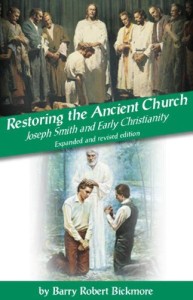Podcast: Download (37.5MB)
Subscribe: RSS
FairMormon’s Front Page News Review is a show designed to provide context and analysis of the past week’s media coverage of Mormons and the LDS church. The show is co-hosted Nick Galieti with Cassandra Hedelius (via the internet).
We hope this will be an edifying and entertaining experience. What we present is not to be understood as being the official position of FairMormon or The Church of Jesus Christ of Latter-day Saints. We speak for ourselves, and sometimes not even then.
Top stories from this last week’s news:
http://www.al.com/living/index.ssf/2015/02/mormons_hand_out_2400_copies_o.html
Plug FairMormon Front Page, signup at fairmormon.org




